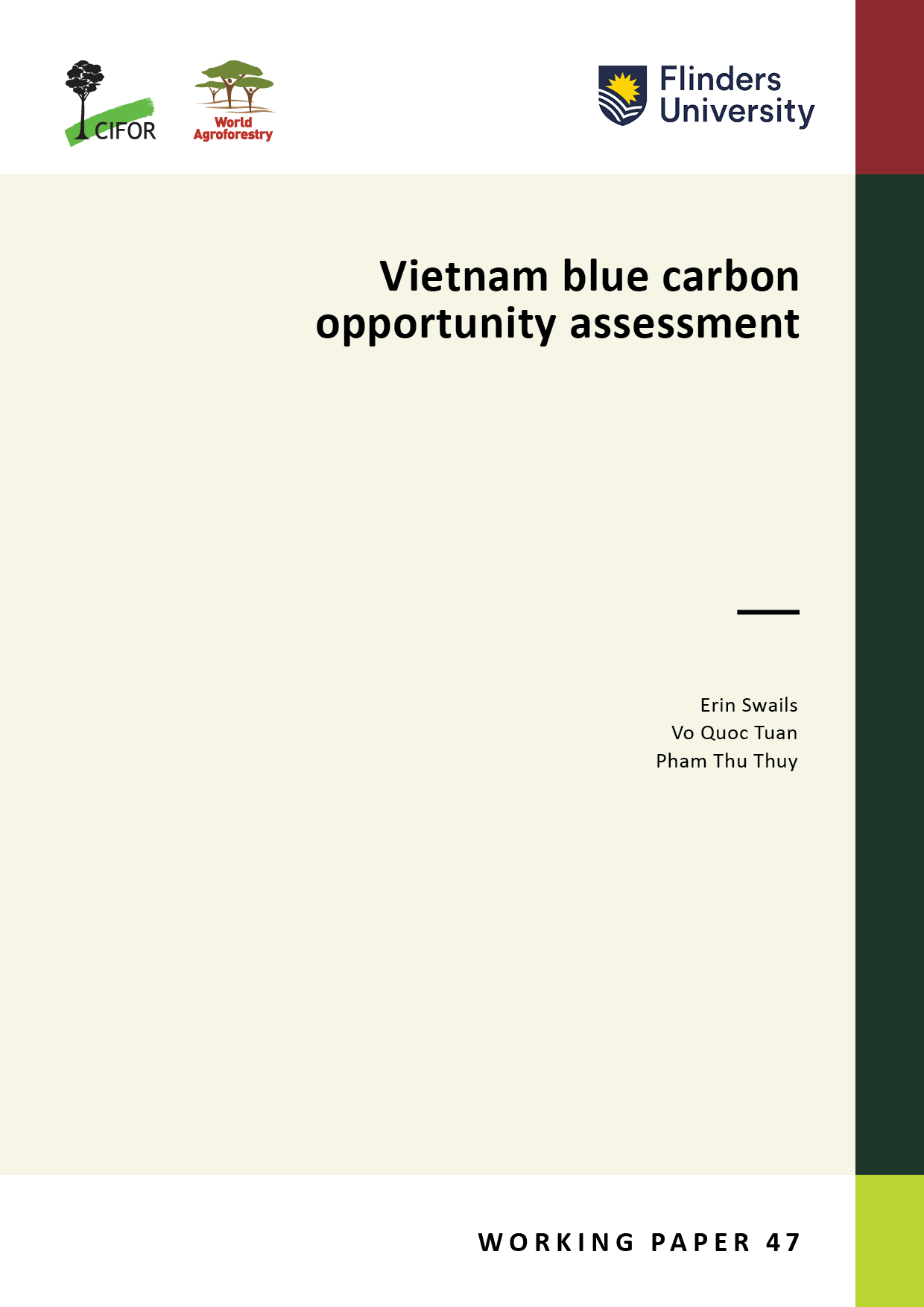Regardless of such changes, inheriting lessons learned, developing the next strategy off the back of the experience gained from solving previous challenges, and taking advantage of opportunities, are always the top priorities of the Government of Vietnam. This report is the result of a collaboration between the Center for International Forestry Research (CIFOR) and the Vietnam Administration of Forestry (VNFOREST); it is intended to provide VNFOREST with input as they develop the new strategy. Based on secondary document research and stakeholder interviews, the report reviews achievements and challenges in the implementation of VFDS 2006–2020, as well as provides recommendations for policy makers to consider in the process of developing the new strategy.
Research results show that, by 2020, Vietnam had exceeded a number of the goals set out in VFDS 2006–2020, including: (i) accelerating the growth of production value in the sector; (ii) increasing the export value of wood and forest products; (iii) increasing domestic wood production; and (iv) planting protection forest (PTF) and special-use forests (SUF). However, the forestry sector still faces many challenges when it comes to other key performance indicators, such as: (i) increasing the area of production forests (PDF) with certification of sustainable forest management (SFM); (ii) increasing large-diameter timber production; (iii) increasing revenue for forest environmental services (FES); (iv) securing forest and forest land for the purposes of allocation and leases; (v) reducing the number of poor households in forestry areas; and (vi) increasing the rate at which forestry workers are trained.
Although some anticipated targets were not achieved, others were exceeded, for example: forest cover; reforestation after logging; reduction of forest protection violations; and scattered tree planting. That these goals were achieved or exceeded is the result of strong political commitment, policies trend-matching the market, improvements in central and local management capacity, the active support of international donors, and the involvement of civil society and the private sector. That some targets were not achieved is due to the challenges of implementing policy effectively, efficiently and equitably at grassroots level, lack of resources and funding, and some ambitious goals and targets not being realistic in the current economic, political and market contexts.
Addressing these challenges requires a new approach and more effective economic, social and technical solutions. Development of VFDS 2021–2030 and the 2050 vision needs to consider the implementation achievements and challenges of the previous policy, as well as how to align with global trends, and balance these with the current political, economic and social development context in Vietnam. The direction of the new strategy must also be considered in the context of international requirements, to facilitate the mobilization of domestic and foreign financial resources to help modernize the industry, as well as enhance the forestry sector’s role and value in terms of poverty reduction, sustainable economic development and ensuring sustainable forest ecosystems.
Download:
DOI:
https://doi.org/10.17528/cifor/007879Dimensões Contagem de citações:
Ano de publicação
2020
Autores
Trieu, V.H.; Pham, T.T.; Đào Thị, L.C.
Idioma
English
Palavras-chave
forest policy, development policy, ecosystem services, sustainable development, socioeconomic development, poverty, livelihoods
Geográfico
Viet Nam


















